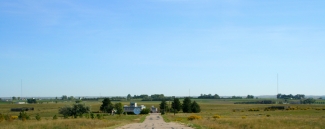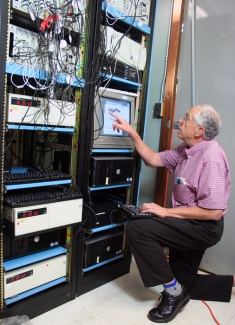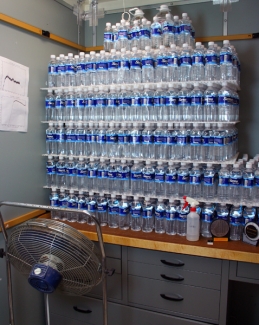In a rural northern Colorado landscape punctuated by plentiful corn fields, a tree farm, an abandoned feedlot, and a handful of McMansions, only one thing is certain: the exact time. The nation’s backup time scale, consisting of four atomic clocks, two measurement systems, and supporting hardware is tucked away inside radio station WWV's remote transmission station, located 12 miles northwest of Fort Collins. Fellow Judah Levine travels to the station site an average of once a week to check on the performance of the backup time scale, which he designed and built in 2005.
The remote time scale controls WWV’s 2.5–20 MHz transmissions of time, tones, and tics destined for the National Institute of Standards and Technology’s (NIST's) talking clock (303-499-7111) and other time services. WWV disperses its signals via five antennas mounted on towers ranging from 7.5–60 m tall.
The remote time scale also controls the transmissions of sister station WWVB, located just down the road from WWV. WWVB transmits 60 kHz signals to wall clocks, watches, and the JILA time display on the first floor of the tower. It employs eight 122 m towers (in two diamond configurations) to support two antennas, each linked to its own helix house containing two enormous air coils (transformers). On-site employees maintain the towers, antennas, and transmission stations.






